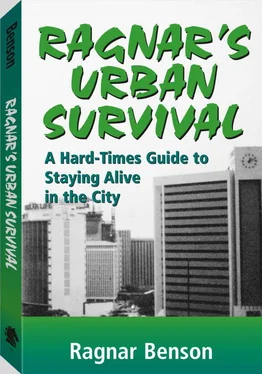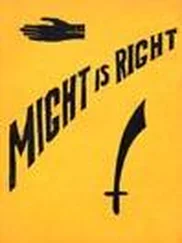Chapter 2

Combat in Built-Up Areas
Warfare once took part largely over natural terrain, including mountaintops, rolling hills, jungles, and barriers such as rivers and lakes. However, most battles are now fought on urban terrain, which consists mostly of man-made features. Chiefly, these are tall buildings, rows of solidly built, difficult-to-breach concrete factory buildings, rows of flammable dwellings two stories high or less, wide open four-lane highways leading to places commanders don’t necessarily wish their infantry to go, and elaborate sewer and subway systems.
In the eyes of the military leader, city buildings provide cover and concealment to the enemy, block potential fields of fire, limit observation, and severely limit use of armor and artillery forces, which cannot elevate or depress their guns sufficiently to reach many targets. As a practical matter, only high-angle mortars are thought to be effective in city terrain, and even then three to five times as many of them are required.
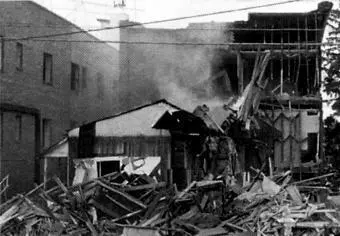
Many buildings will be reduced to rubble in the course of urban combat.
In spite of this great disadvantage, arrogant commanders often order their troops and armor into cities when encirclement—trapping defenders in a city—might possibly be a wiser tactic. Cities have grown so large and of such strategic importance that commanders no longer have the advantage of starving them out, many experts claim. Grozniy in Chechnya is a good, fairly recent example; rebels there got more than 100 Russian armored vehicles before it was over. But, nevertheless, we often wonder at the bravado with which generals sacrifice their men and equipment engaging in city warfare.
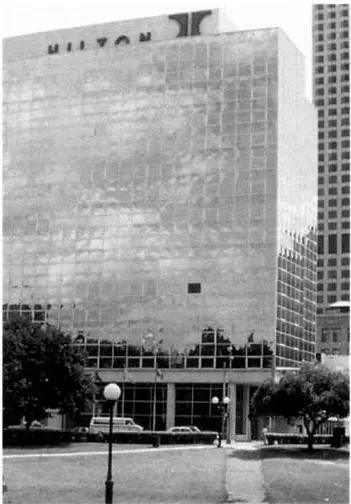
Tall, imposing buildings will become like major high hills dominating an urban area. Commanders will likely use these for gun positions.
The end result for city survivors is about the same. Either they must avoid hostile attackers, or their own defenders might become hostile and create as many problems as the attacking infantry.
The North Vietnamese tunnel system and our tunnel rats got a lot of publicity, but starting as early as the Spanish Civil War (1936–1939) defenders actively used underground workings to either infiltrate or exfiltrate cities. Some people estimate that the defenders of the Warsaw Ghetto could have held out against the Nazis as many as 30 additional days by clever use of Warsaw’s extensive sewer system.
Underground works are currently one of the first places attacking soldiers attempt to secure. Unless completely walled off and cleverly camouflaged, interconnecting sewer works and utility tunnels are not places of choice for city survivors to take refuge. Modern urban soldiers with good leadership no longer make uninformed snap decisions regarding underground terrain. Reportedly, survey maps of the world’s major cities underground are part of our covert military information-gathering process. Saddam may be rightfully paranoid about our efforts to find out about Baghdad’s sewers.
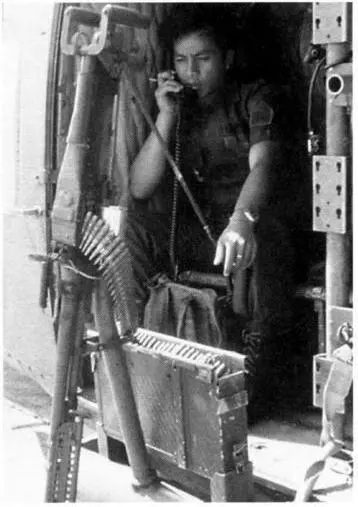
Communications and helicopters will be important within contested cities, but their usefulness will be limited by the nature of the terrain.
City warfare is similar to warfare in the country in many regards. Modern, properly led infantry elements preparing to take a hill no longer line up at the base to receive a pep talk from their leaders, listen to martial bagpipe music, and then charge on up. Instead, a huge bomb is probably dropped on top of the hill and the infantry instantly helicoptered in for an assault from the top down. Urban combat is envisioned as being only slightly different.
Commanders will identify the tallest, most impressive high-rise building in the center of a contested city—one that is sufficiently stout to support rocket launchers, heavy machine guns, and mortars. Incredibly, modern urban warfare doctrine suggests that these prominent buildings should be taken by helicopter assault groups moving from the top down, often after high explosives placed on the top floors clear them of defenders.
When enemy fire and other considerations preclude helicopters, it is the current wisdom that attacking infantry forces first climb to the top of targeted buildings on fire escapes or inside stairs. Once on top, they begin their assault, fighting their way back down again. Defenders will no doubt attempt to hinder these assaults by placing barbed wire, antipersonnel mines, and other obstacles in stairwells to impede the progress of attacking forces.
Out in the country, high-profile hills are not good places to survive. The same is true in cities. The tallest buildings will likely be at the center of heavy fighting. Survivors should avoid these.
Radio communications between soldiers and commanders in cities are often poor, resulting in both good and bad conditions for city survivors—a soldier on his own may be easier to deal with, but on the other hand he is also unencumbered by his commander’s ethical directives.
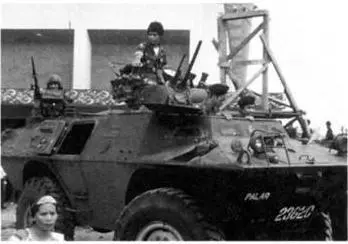
Arrogant, inexperienced urban commanders often send their armor into situations where it cannot maneuver and is subsequently destroyed by defending citizens.
Incredibly, commercial phone systems—most of which operate through deeply buried conduit-encased lines—are seen as being more resistant to attack. Contending parties will each attempt to appropriate civilian phone service for their own use. Survivors near central telephone switch facilities may be subject to some rude treatment.
Groups of attacking infantry, as well as defenders, will quickly be splintered into small, isolated units, operating completely independently. Each will be responsible for its own decisions, many of which may not be wise or—at a minimum—may not fit into the big picture. The loss of a small group of infantry many not be immediately obvious. Exactly why it was lost, under what specific circumstances, may never ever come to light.
This brings us to realize that often within cities under attack, small groups of isolated infantry may possibly be taken out with no repercussions for the survivors. But the probability is that one never knows when this will be true: Battlefield communications capabilities are increasing dramatically. It is best not to count on this defense when other devices such as deep hiding are available.
City survivors who very cleverly hide their presence in unobtrusive, untargeted places often survive nicely. This will probably entail removing all signs of their retreat. They will have to learn the art of camouflaging and carefully hide all survival supplies—all signs of their presence—while simultaneously not participating in the war raging about them.
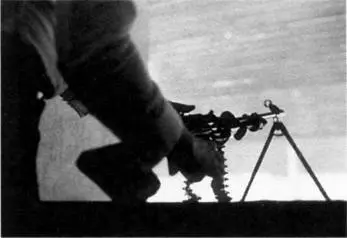
Small, individual actions fought with great intensity characterize urban combat.
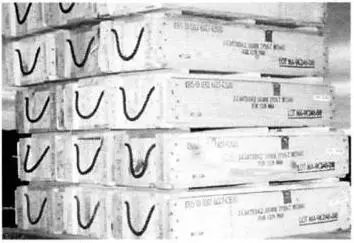
Huge quantities of supplies will disappear during any urban combat situation. Survivors with their limited resources should think carefully before committing themselves to urban combat.
This is not easy. City survivors report that because of crowded living conditions, accompanied by great sanitary and disposal problems, retreats are frequently located by smell alone! Even cooking food among the smell of destruction can be an instant giveaway. Military targets in cities, when they are exposed, are most frequently visible at ranges of 100 meters or less. As a result, urban conflict tends to be low-tech. Infantry units will have to have some compelling reason to come into your immediate area; otherwise, your retreat may be completely overlooked.
Читать дальше
